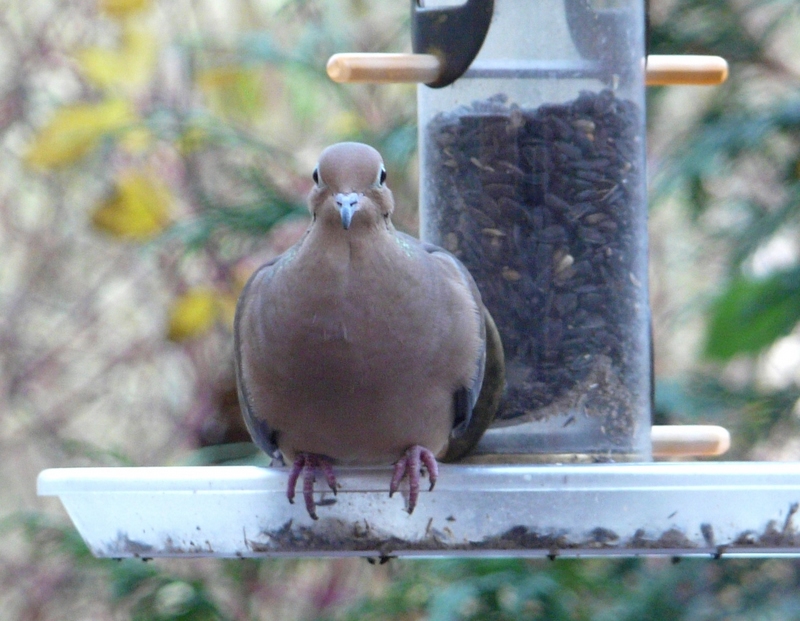White Nose Syndrome (WNS) is named for a white fungus found on the muzzles and wings of infected bats. Bats with White Nose Syndrome awaken often during hibernation and use up the fat reserves they need to last through the winter, causing them to freeze or starve to death. Because this bat “disease” can impact Texas bats, Executive Director Carter Smith has issued an executive order giving authority to close caves on Texas Parks and Wildlife Department (TPWD) property to protect bats from the spread of White Nose Syndrome.
Though individual animals can spread the bat disease among themselves, there is evidence that humans coming from infected bat caves and roosts can transport the fungus as well. WNS “has caused the most precipitous wildlife decline in the past century in North America,” said John Hayes, chairman of the University of Florida Department of Wildlife Ecology and Conservation. So can WNS be stopped? Continue reading TPWD Protects Bats on Wildlife Management Areas
